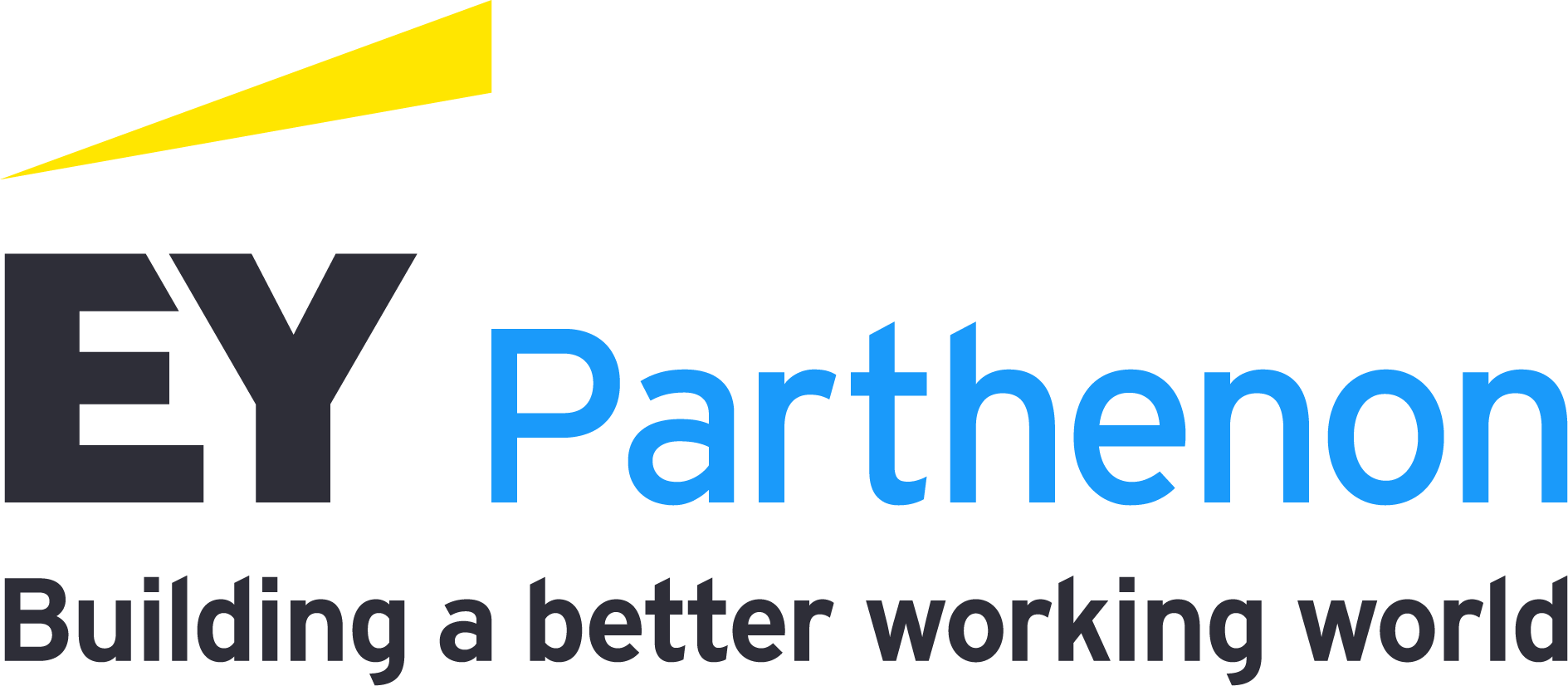The ‘holy grail’ of non-inflationary growth
- Consumers ended 2023 on a strong note amid cooling inflation, resilient labor market trends and robust income growth. The spending momentum is likely to cool moderately in early 2024 as cost fatigue and softer labor market conditions constrain households’ spending power. Still, absent any broad-based employment retrenchment, the end of the “vibecession” and moderate real income momentum supported by ongoing disinflation should put a robust floor under growth in Q1.
- The Fed is expected to react mechanically to lower inflation, and while rate cut discussions will dominate the agenda of the January Federal Open Market Committee (FOMC) meeting, we continue to believe the inflation trajectory will translate into a first rate cut in May.
Spending freely in December. Real personal outlays rose 0.5% month over month (m/m) in December, above expectations, with consumers ramping up their purchases of holiday items and spending steadily on services. Durable goods outlays rebounded 1.5% as stronger spending on recreational goods (+2.8%), furniture and household equipment (+0.6%), and vehicle sales (+1.6%). Spending on nondurable goods climbed 0.9% as consumers markedly ramped up their spending on clothing (+1.7%), gas (+2.1%) and groceries (+0.4%). Services outlays registered a solid 0.3% advance, with households spending more on transportation (+1.5%), recreation (+0.9%) and health care (+0.4%) while cutting back on restaurant and hotel outings (+0.3%).
Income benefiting from resilient labor market trends. Personal income rose 0.3% m/m last month as favorable labor market dynamics led to a 0.4% bump in wages and salaries. Encouragingly, slower inflation supported ongoing momentum in households’ purchasing power as real disposable personal income rose 0.1% m/m and 4.2% year over year (y/y). Still, with spending outpacing income in December, the personal savings rate ticked 0.4 percentage point (ppt) lower to 3.7% last month. This is a gauge to monitor closely as consumers stretching their finances for the holidays is one thing, but an ongoing savings dip is another.
Houston, we have landed on 2%. The personal consumption expenditures (PCE) deflator and the core PCE deflator both rose 0.17% m/m, in line with expectations. This kept headline PCE inflation unchanged at 2.6% y/y while core inflation eased 0.3ppt to 2.9% in December — its slowest pace since March 2021. Importantly, the three-month annualized, and six-month annualized headline inflation readings fell to 0.5% and 2.0%, respectively — both lows since 2020. The three-month annualized and six-month annualized core inflation reading eased to 1.5% and 1.9%, respectively — also lows since the immediate COVID-19 aftershock.
No justification for a difficult last mile. As we look ahead, there is no doubt that the disinflationary process will remain bumpy, and there will be monthly readings that surprise to the upside. Insurance cost inflation, rising home prices and geopolitical risks are certainly worth monitoring carefully. But slower consumer demand growth, declining rent inflation, narrower profit margins, moderating wage growth and tight monetary policy form the ideal combo for further disinflationary momentum in 2024. We foresee headline and core PCE inflation around 2.0% to 2.2% y/y in Q4 2024.
Fed mechanics. There is little doubt that Fed policymakers are noticing the faster (and less painful) disinflationary process. Still, the ghost of Arthur Burns and legacy of Paul Volcker are very much present in the Eccles building. Since no official wants to be seen has having eased policy prematurely, the odds favor a careful approach to rate cuts. In other words, while easing policy in March would be sensible, it may not be the elected path. We don’t believe Fed Chair Jerome Powell will want to provide date-based forward guidance at the upcoming FOMC meeting but look for emphasis on real rates.
The 2023 outperformance will carry into early 2024. We continue to expect a solid consumer spending performance in 2024, but momentum may be a little more subdued than the robust 2.2% advance in 2023. Indeed, softer employment conditions will likely translate into more modest income momentum, while cost fatigue will weigh on consumer wallets in the early part of the year.



